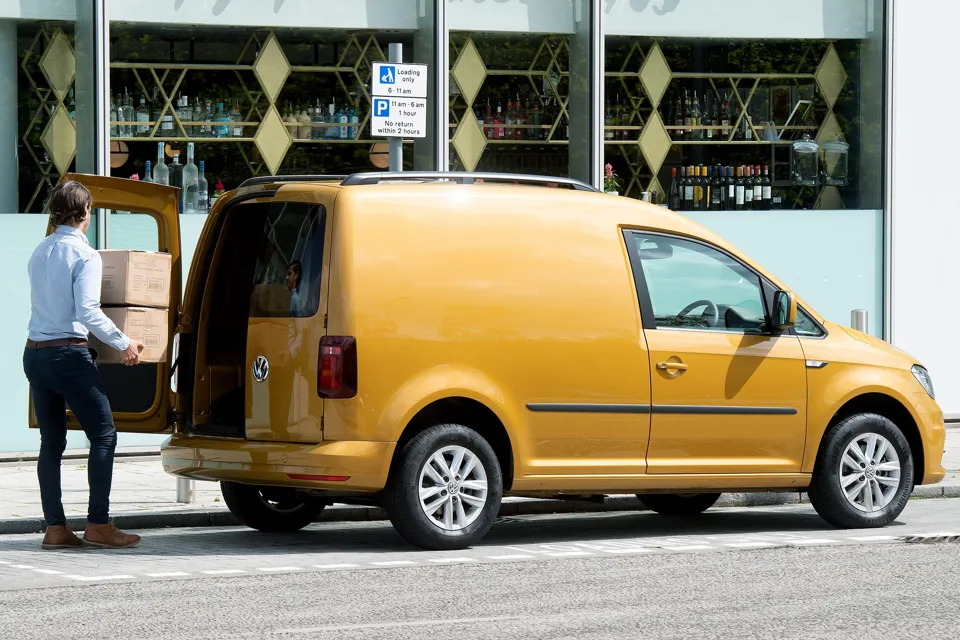Driving for Better Business (DfBB) is calling on trade groups to raise awareness of safe loading practices for commercial vehicles.
Unsafe loads on vehicles injure more than 1,200 people a year and cost UK businesses millions of pounds in damaged goods.
While most HGV fleet operators know the tight regulations and the penalties for cutting corners, DfBB says it is not widely known that the same rules on load safety apply to all vehicles.
The British Aggregates Association (BAA) is one such organisation that is raising awareness of safe loading – especially of tippers and cement mixers – among its hundreds of members and associate members.
Simon Turner, campaign manager for DfBB, said: “Trade associations and business networks can play a huge role in raising awareness and standards. They often represent large numbers of smaller companies whose primary activity is not transport, and who may not even realise they have legal responsibilities to their drivers and other road users.
“We are seeing trade associations in the construction sector take these messages on board and we welcome the BAA for taking this initiative. Safe loading is a responsibility that sits with everyone in the transport chain.”
It is an offence to use a vehicle or trailer on a road if it involves a danger of injury to any person. This includes any situations where the weight, position, or distribution of a load, or how it is secured, involves this danger.
The offence can be committed not only by the driver but by anyone who causes or permits this – which may be the business. The penalty now is an unlimited fine.
“The most common problems are inadequate – or a total lack of – risk assessment, and worn out or wrong load securing kit,” explained the HSE’s Nina Day, a chartered mechanical engineer and a dangerous goods safety advisor specialising in road and workplace transport, talking on DfBB’s latest podcast.
Tippers and open-topped trucks are the vehicles most likely to have insecure loads. Often, the main cargo is stowed securely, then loose equipment such as tools, thrown in afterwards.
Day said that loads must be secured from moving not only forward and backwards and side to side, but also upwards, highlighting two fatal incidents caused by loose items bouncing out of vehicles. Potholes, speed humps and uneven road surfaces can also cause loads to shift, affecting the vehicle’s braking and steering and making it more likely to turn over.
Light commercial vehicles are also more likely to be overloaded or insecure – often down to the driver failing to understand the vehicle rating.
DfBB Safe loading - where do fleet operators get it wrong? podcast can be found here: https://dfbb.podbean.com/e/nina-day/























Login to comment
Comments
No comments have been made yet.